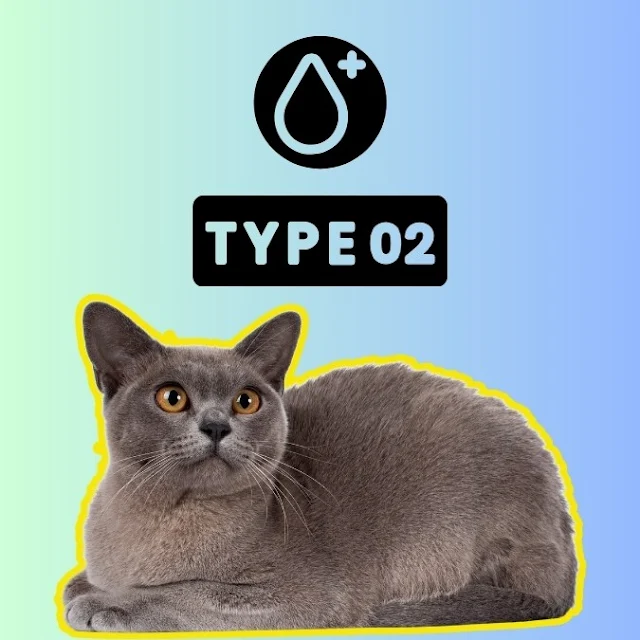 |
| Burmese cat is five times more predisposed to feline diabetes mellitus compared to other purebred cats. Image: MikeB |
The Burmese cat is particularly predisposed to Type II diabetes a.k.a. feline diabetes mellitus in cats. Why is this? A study tells us.
The Burmese breed at a fivefold increased risk of developing the condition compared to other purebred cats.
They concluded that "The pattern of metabolites in Burmese cats is similar to that in people with insulin resistance."
What are metabolites? They are an intermediate product produced during metabolism which are catalysed by enzymes occurring naturally within the cells of the animal.
Insulin resistance
Insulin resistance means that the cells don't respond to insulin produced by the pancreas. The insulin modifies the amount of blood glucose. Insulin resistance means that the pancreas has to produce more insulin to overcome the cells' resistance. Eventually, the pancreas no longer produces enough insulin to overcome the cells' resistance. This results in higher blood glucose levels and ultimately leads to prediabetes or Type II diabetes.
For the scientifically-minded, the Burmese cat has "higher plasma levels of 2-hydroxybutyrate relative to MCO and Birman cats and increased concentrations of 2-oxoisocaproic acid, and tyrosine, and lower concentrations of dimethylglycine relative to MCO cats."
Birmans low-risk
The acronym MCO refers to the Maine Coon. The Birman cat is a breed that is of low risk to diabetes whereas the Maine Coon cat is of medium risk.
Preventing feline diabetes
Common sense tells me that a cat caregiver might consider doing the following to ensure that the Burmese cat does not develop type II diabetes:
- Keep their cat at an ideal weight and particularly avoid obesity because obesity predisposes a cat to Type II diabetes as happens in humans.
- Feeding a Burmese cat a low carbohydrate, high-protein, moderate fat diet can help to prevent insulin resistance and diabetes in at risk cats according to veterinarians. This equates to high quality WET cat food. Some vets believe the high carb content of dry foods can predispose overweight cats to diabetes. Dry cat food can be a little addictive because of the taste enhancers sprayed onto it.
The study referred to is: Differences in metabolic profiles between the Burmese, the Maine coon and the Birman cat—Three breeds with varying risk for diabetes mellitus. The link to the study is: https://doi.org/10.1371/journal.pone.0249322
RELATED: Another article on the same topic.
--------

No comments:
Post a Comment
Your comments are always welcome.